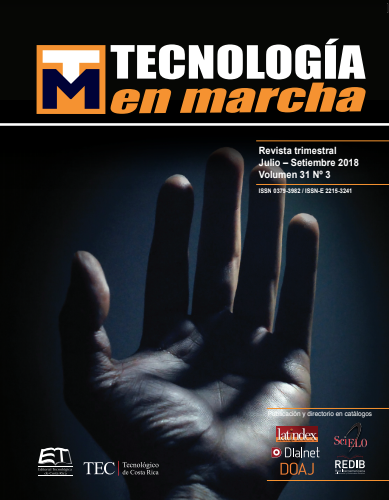Third-dimensional organ and tissue printing: techniques, applications, and limitations
Main Article Content
Abstract
Third-dimensional (3D) printing is the additive manufacturing process of a three-dimensional object, controlled by a computer program. Its three major stages are preprocessing, processing and postprocessing. In addition, with regard to processing, the different techniques for obtaining it include laser-assisted bioprinting, thermal printing using cartridges and bioink, direct-write bioprinting, and bioprinting using spheroids. Some of the general applications of the mentioned methods are hepatic and cardiac tissue manufacture, and myocytes differentiation, which are useful for advance in medicine and in the development of drugs. Even so, there are challenges to overcome and limitations related to them, including the adequate development of organs and tissues vasculature, and the fact of transplanting an organ obtained by bioprinting to a patient; besides, postsurgery care, considered as part of the immunovigilance. As a complement, a series of bioethical implications should be undertaken; among them, the implementation of informed consent is relevant in every step of the therapy to which the patient submits. This implies the creation of laws and guides to regulate the process.
Article Details
Los autores conservan los derechos de autor y ceden a la revista el derecho de la primera publicación y pueda editarlo, reproducirlo, distribuirlo, exhibirlo y comunicarlo en el país y en el extranjero mediante medios impresos y electrónicos. Asimismo, asumen el compromiso sobre cualquier litigio o reclamación relacionada con derechos de propiedad intelectual, exonerando de responsabilidad a la Editorial Tecnológica de Costa Rica. Además, se establece que los autores pueden realizar otros acuerdos contractuales independientes y adicionales para la distribución no exclusiva de la versión del artículo publicado en esta revista (p. ej., incluirlo en un repositorio institucional o publicarlo en un libro) siempre que indiquen claramente que el trabajo se publicó por primera vez en esta revista.

